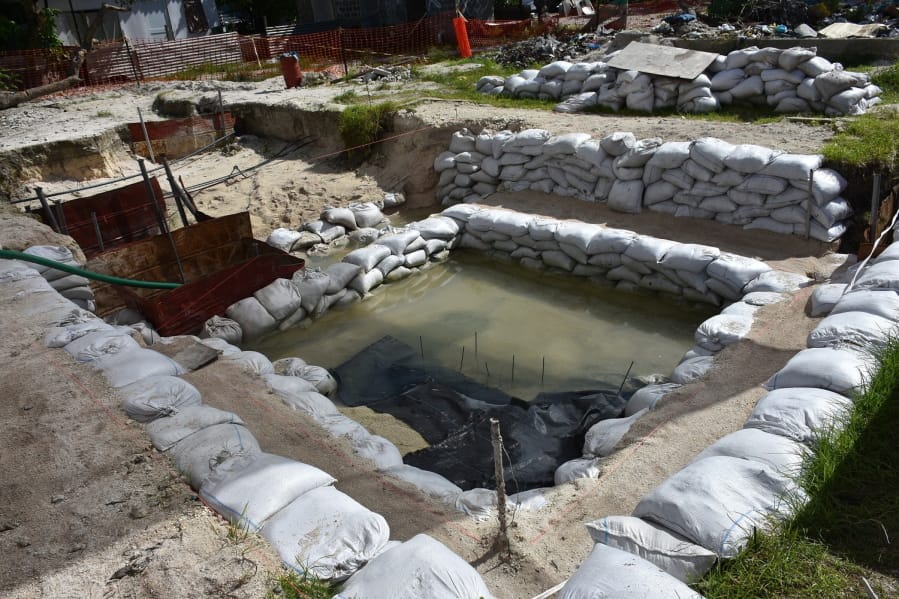HONOLULU — A nonprofit organization that searches for the remains of U.S. servicemen lost in past conflicts has found what officials believe are the graves of more than 30 Marines and sailors killed in one of the bloodiest battles of World War II.
A team working on the remote Pacific atoll of Tarawa found the graves in March, said Mark Noah, president of History Flight.
The remains are believed to belong to Marines and sailors from the 6th Marine Regiment killed during the last night of the three-day Battle of Tarawa.
The Defense POW/MIA Accounting Agency expects to pick up the remains and fly them to Hawaii next month, said Dr. John Byrd, director of agency’s laboratories.
Military forensic anthropologists will then work to identify them using dental records, DNA and other clues.
More than 990 U.S. Marines and 30 U.S. sailors were killed in the 1943 Battle of Tarawa, after the U.S. launched an amphibious assault on the small island some 2,300 miles southwest of Honolulu.
Marines and sailors quickly encountered Japanese machine-gun fire when their boats got stuck on the reef at low tide. Americans who made it to the beach faced brutal hand-to-hand combat.
The U.S. military buried its men in makeshift cemeteries where they fell. But Navy construction battalion sailors removed markers for these graves when they hurriedly built runways and other infrastructure to help U.S. forces push farther west across the Pacific toward Japan.



